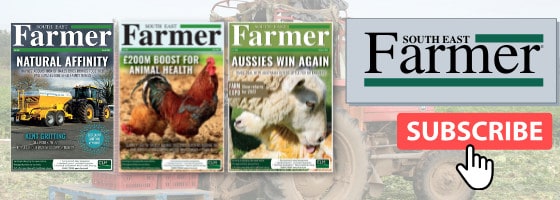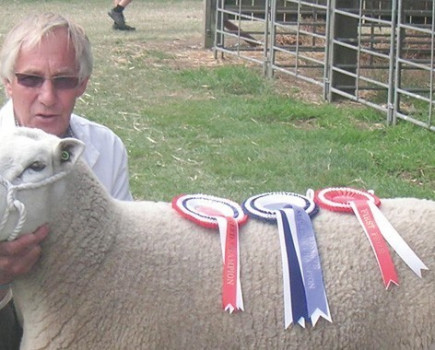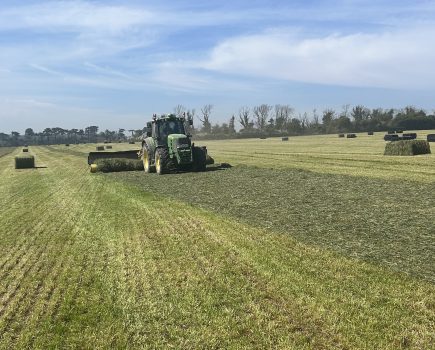As regular readers of this column will know, the current price of wheat is a big gripe of mine. Indeed, there is nothing I like more than reminding anyone who will listen (so not my family, then) that when I started farming in the 1980s the price of a tonne of wheat could buy the farm next door, a new combine, pay a man’s wages for a year and still leave me enough change to buy a two-week holiday on the French Riviera.
OK, so the passage of time might have rose-tinted my memory a little, but you get the picture: it was a lot easier to earn a living as a cereal grower 40 years ago than it is today.
To reinforce my fond memories of those arable farming days of yore, farm business analytics company Yagro has just published a report that shows just how far the wheat price has declined since the 1980s. Apparently, wheat would need to be £600 per tonne today to match the price back then, when factoring in inflation in growing costs. This obviously stands in stark contrast to the measly £160 my parsimonious grain merchant is currently offering me for last year’s harvest.
Let’s just imagine for a moment what receiving £600 per tonne for wheat would feel like. Even a modest crop, yielding 7.5 tonnes of wheat per hectare, would produce a gross output of £4,500 per hectare. With such returns, what arable farmer would worry that the Sustainable Farming Incentive has been closed for further applications this year? With such profits to be had, why fret about Chancellor Rachel Reeves’s unexpected slashing of decoupled basic payments in her budget last October? And as regards a bit of inheritance tax, well, just sell a bit of grain to pay it off.
But to crash back to reality, how have we all coped with a gradual but relentless fall in the real value of wheat over the past 40 years? The truth, of course, is that we haven’t. Some of us have, but that usually involved gobbling up the land of what used to be our neighbours. Only through economies of scale have we worked out a way of continuing to earn a living. The result is that the arable farms that survive are now bigger. But bigger hectareages mean bigger investment, bigger risk and bigger stress.
Long gone, then, are the halcyon days when 100 hectares of continuous wheat constituted a commercial arable farm from which a good living could be made. This is before the days of blackgrass resistance to herbicides, so continuous wheat was a possibility then. And, if truth be told, it was probably continuous Huntsman. What a variety that was. Disease proof in its day, you know.
It had to be a terrible crop of Huntsman to yield less than seven tonnes per hectare; and with a fraction of the inputs required today. We didn’t even have tramlines in those days. Just kill off the weeds in the spring, slap on your Nitram and spend the summer watching cricket and playing golf. Why, I remember one year, I think it was 1986. Perfect growing season. Bumper harvest, and …. Hello? Hello? Is anyone still there?
For more like this, sign up for the FREE South East Farmer e-newsletter here and receive all the latest farming news, reviews and insight straight to your inbox.







